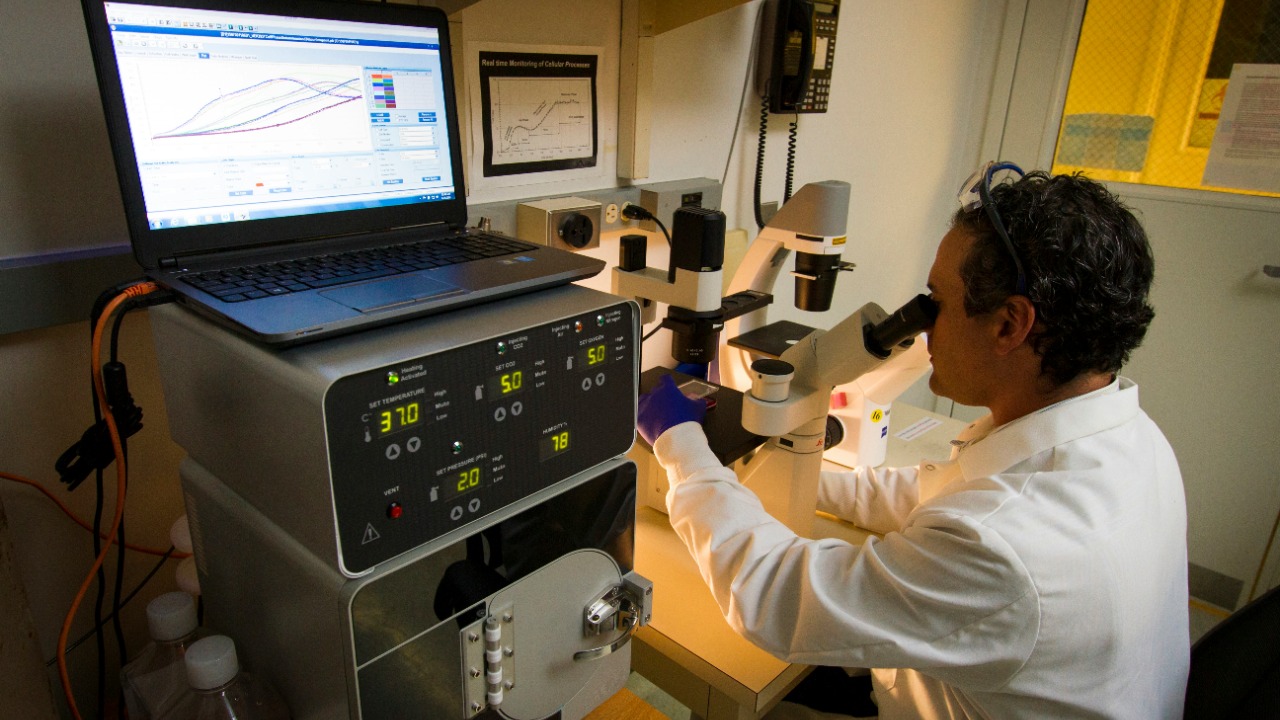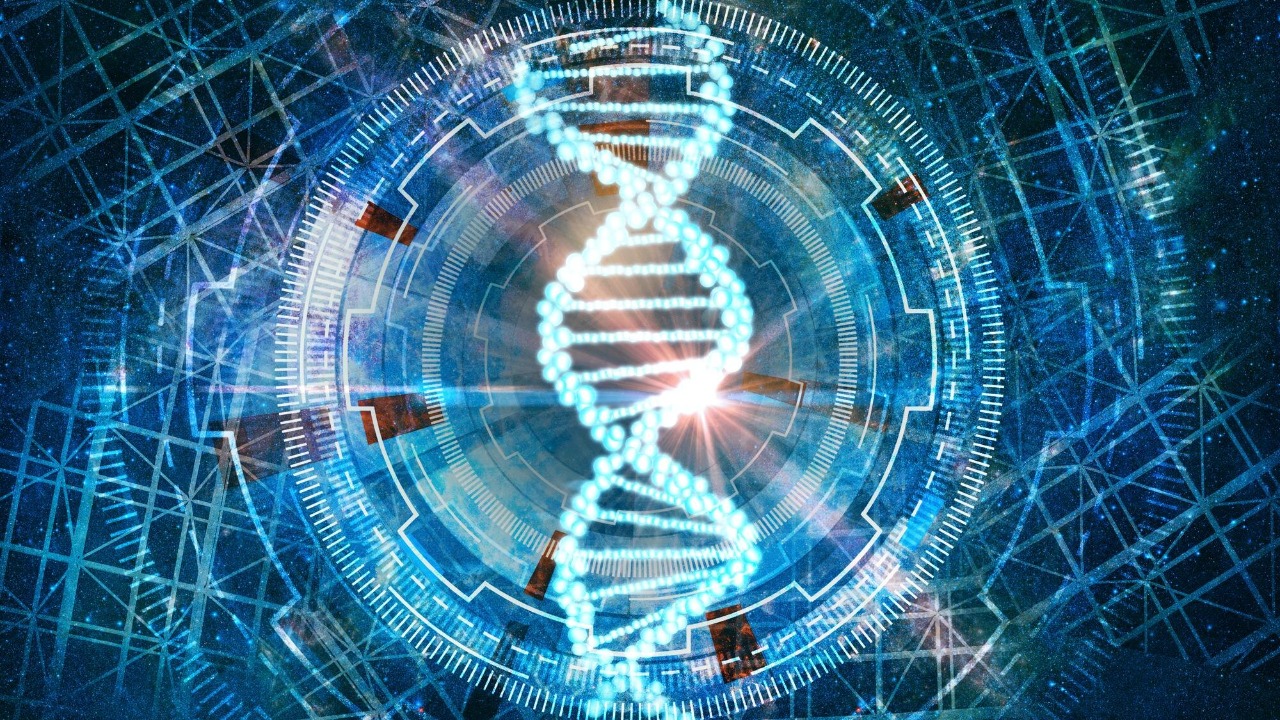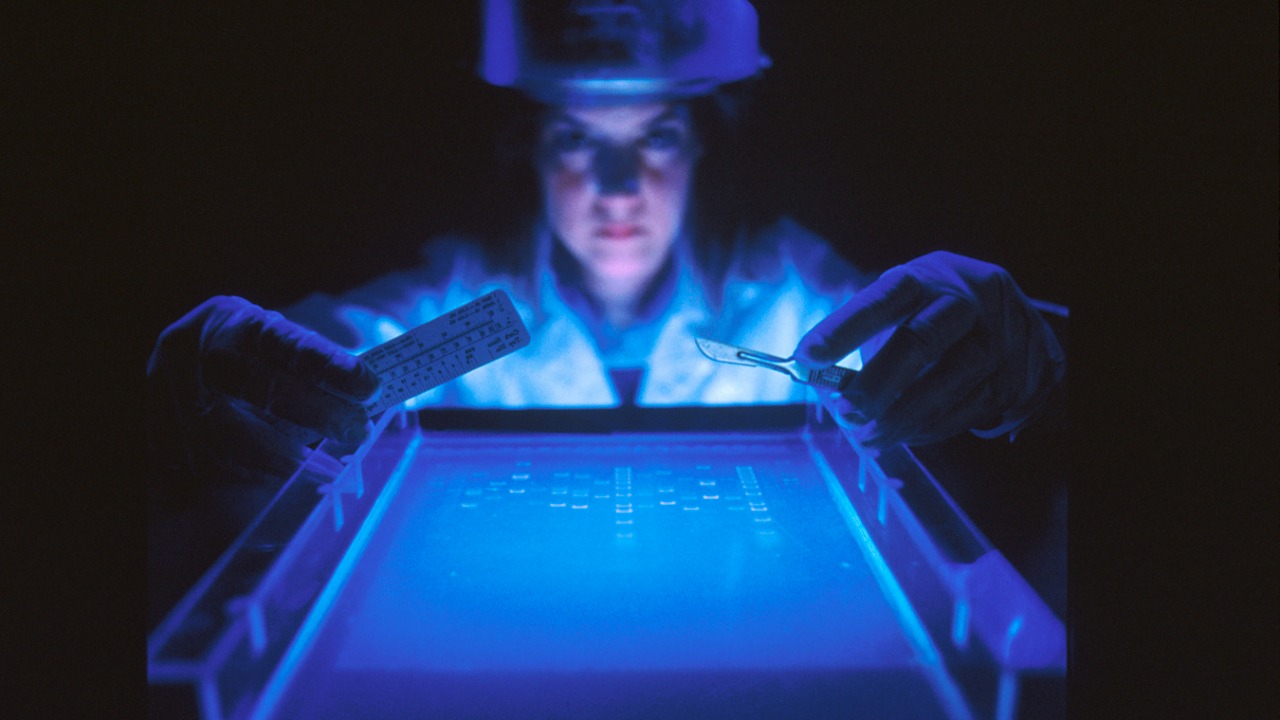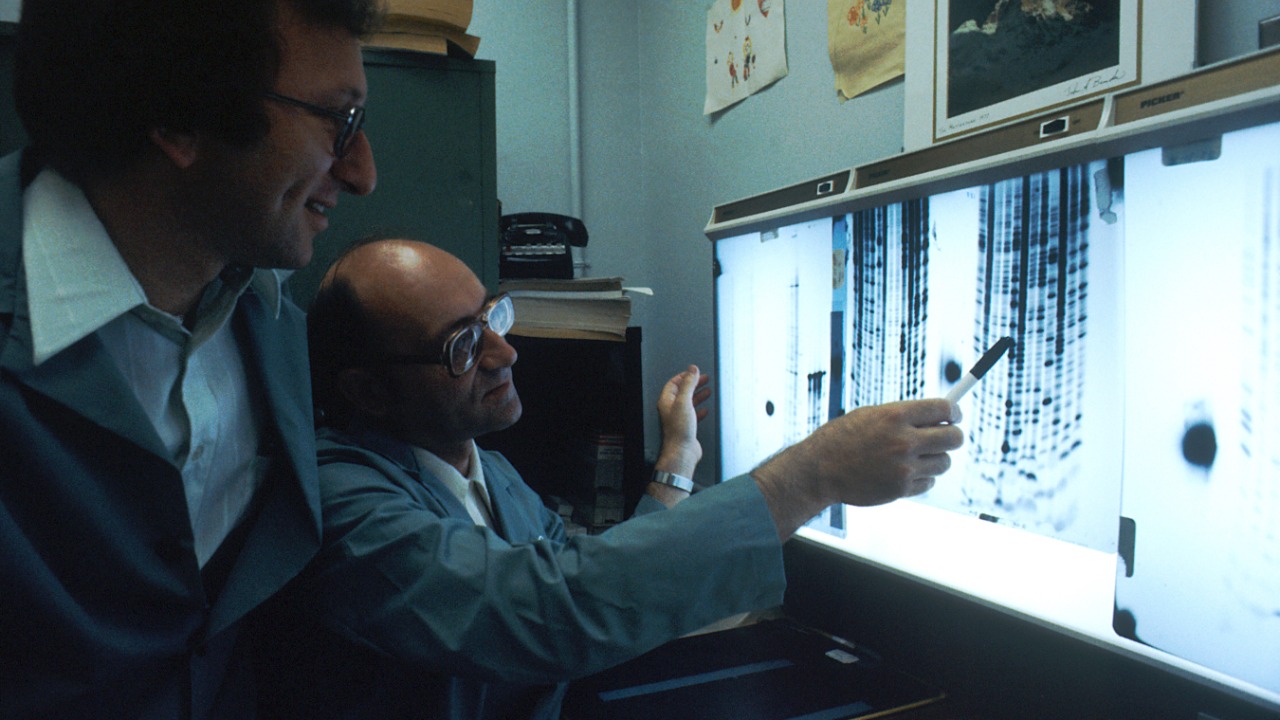
Scientists have long been fascinated by the potential of DNA as a medium for computing, and recent breakthroughs have brought this concept from theory to practice. A team of researchers has successfully constructed a computer using DNA molecules, and early results show promising applications in cancer treatment. This innovation is poised to revolutionize the way we understand and tackle one of humanity’s most persistent health challenges.
The Promise of DNA Computing

DNA is not just the blueprint of life; its structure allows it to store vast amounts of information, making it an intriguing candidate for data storage. DNA’s double-helix formation encodes information in sequences of nucleotides, which can potentially hold more data per cubic millimeter than the most advanced silicon-based storage technologies. Researchers are exploring how to harness this natural data storage capacity to revolutionize computing.
The mechanisms of DNA-based computation involve the use of DNA sequences to perform calculations. These sequences can be designed to undergo specific chemical reactions, effectively processing information. Unlike traditional computers that use electrical signals, DNA computers rely on biochemical processes, which can execute multiple operations simultaneously, offering a parallelism unmatched by silicon-based systems.
One of the most significant advantages of DNA computing over traditional silicon-based computers is the potential for increased efficiency and miniaturization. As we reach the physical limits of silicon technology, DNA offers a path toward creating smaller, more powerful computing systems. This could lead to breakthroughs in areas requiring massive computational power, such as artificial intelligence and big data analysis.
Building the DNA Computer

The engineering process of constructing a DNA computer is complex and involves several intricate steps. Researchers begin by designing specific DNA sequences that can perform logical operations. These sequences are then synthesized and assembled to form a computational network. The challenge lies in ensuring these sequences interact in precise ways to perform accurate calculations.
The team behind this groundbreaking innovation includes key scientists and institutions that have been at the forefront of DNA computing research. Their combined expertise in molecular biology, chemistry, and computer science has been crucial to overcoming the technical hurdles involved in this project. The collaboration between academic and research institutions has fostered an environment ripe for innovation.
Breakthrough technologies such as CRISPR and advanced sequencing methods have been pivotal in enabling the creation of a DNA computer. These technologies allow for precise editing and manipulation of DNA sequences, which is essential for designing complex computational systems. The ability to synthesize and assemble DNA at scale marks a significant milestone in the journey toward practical DNA computing.
Applications in Cancer Treatment

One of the most promising applications of DNA computers is in targeted drug delivery for cancer treatment. By utilizing the specificity of DNA interactions, these computers can facilitate precise targeting of cancer cells. This targeted approach could minimize the side effects of chemotherapy, focusing the treatment directly on malignant cells while sparing healthy tissue.
DNA computers also offer the potential for real-time monitoring of treatment effects. Unlike traditional methods that rely on external measurements, DNA-based systems can operate inside the body, providing continuous feedback on the effectiveness of therapies. This capability allows for adjustments to be made promptly, optimizing treatment outcomes.
The concept of personalized medicine is becoming a reality with DNA computing. By tailoring treatments to individual genetic profiles, DNA computers can provide customized healthcare solutions. This personalized approach is expected to improve the efficacy of treatments and reduce adverse reactions, marking a significant advancement in cancer care.
Ethical and Societal Implications

As DNA computing becomes more prevalent, privacy concerns regarding genetic data are coming to the forefront. The ability to process and store vast amounts of genetic information raises questions about who has access to this data and how it is used. Ensuring robust privacy protections will be critical as DNA computing technologies advance.
The potential for disparities in access to DNA-based treatments and technologies is another ethical consideration. As with many cutting-edge medical advancements, there is a risk that only those with sufficient resources will benefit from these innovations. Addressing these inequalities will be crucial to ensuring that the benefits of DNA computing are universally accessible.
The future of medical ethics may be challenged by the capabilities of DNA computing. As we develop technologies that can manipulate and compute with genetic material, existing ethical frameworks will need to evolve. Engaging with ethicists, policymakers, and the public will be vital to navigating these uncharted waters responsibly.
Challenges and Limitations

Despite its promise, DNA computing faces several technical hurdles. One of the primary challenges is ensuring the accuracy and reliability of DNA-based calculations. While DNA can perform complex computations, errors can occur during chemical reactions, necessitating robust error-correction mechanisms.
Scalability is another issue that must be addressed before DNA computing can be widely adopted. Current methods for synthesizing and manipulating DNA are not yet scalable for large-scale applications. Researchers are working to develop techniques that can increase the throughput and efficiency of DNA computing processes.
Reliability and error rates in DNA computations remain a concern compared to traditional methods. While DNA computers offer unique advantages, ensuring consistent and accurate performance is essential for their integration into practical applications. Continued research is needed to refine these systems and mitigate potential issues.
The Future of DNA Computing in Medicine

Ongoing research efforts are focused on exploring the vast potential of DNA computing in healthcare. Scientists are investigating new applications, from diagnosing genetic disorders to developing novel therapeutic approaches. The field is rapidly evolving, with exciting projects on the horizon that could redefine medical technology.
Industry partnerships and investments are playing a crucial role in advancing DNA computing technologies. Collaborations between academia, private companies, and government agencies are driving innovation and accelerating the development of practical applications. These partnerships are essential for translating research breakthroughs into real-world solutions.
The long-term vision for DNA computing extends beyond medicine. As we continue to unlock its potential, DNA computing could transform industries such as data storage, cybersecurity, and artificial intelligence. The possibilities are vast, and the journey has only just begun.
In summary, the construction of a DNA computer represents a significant leap forward in both computing and healthcare. Its applications in cancer treatment, particularly in targeted drug delivery and personalized medicine, highlight its potential to transform how we approach some of the most challenging medical problems. As research and development continue, the integration of DNA computing into mainstream medicine could fundamentally alter the landscape of healthcare, offering new hope for patients around the world.